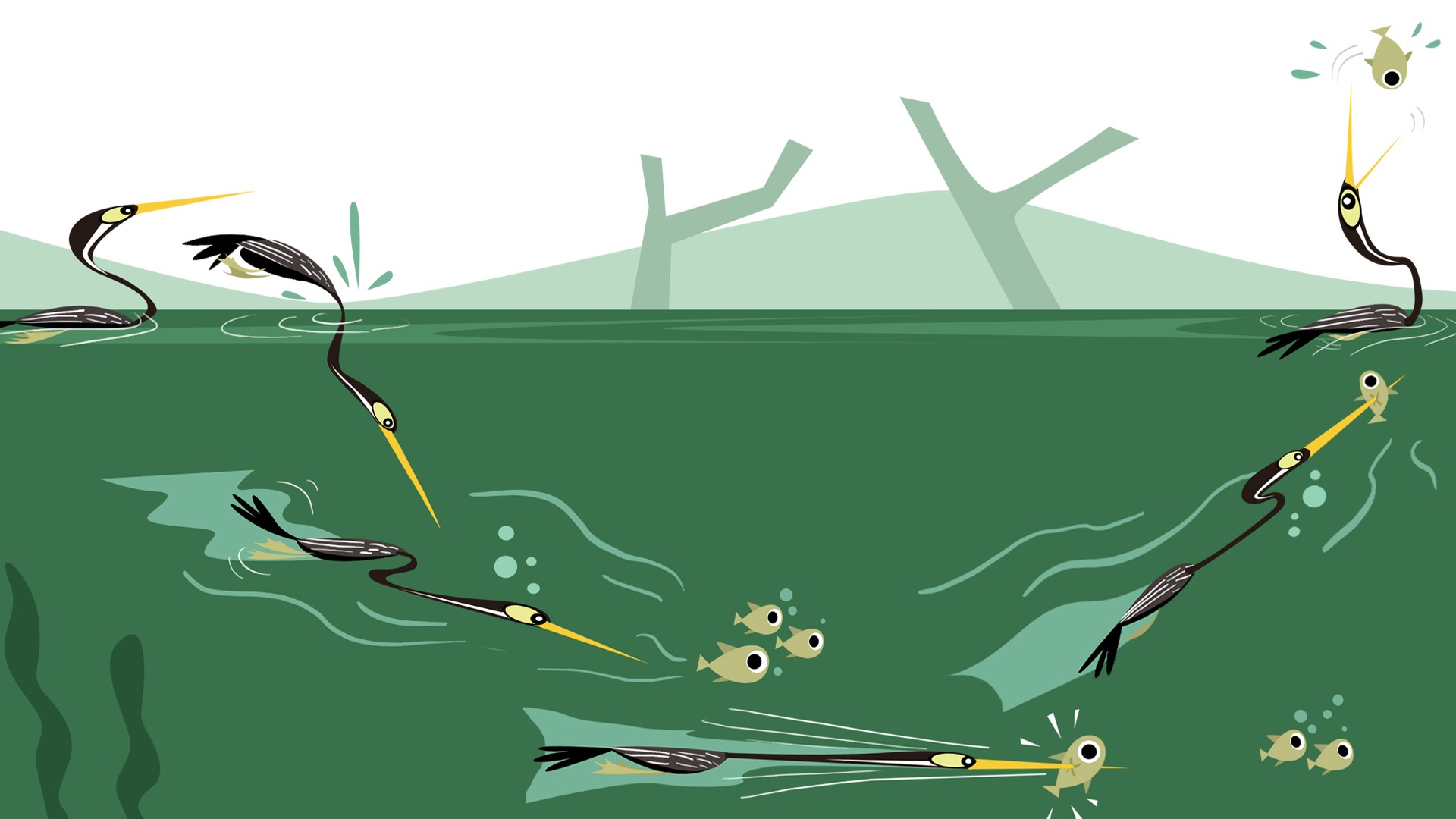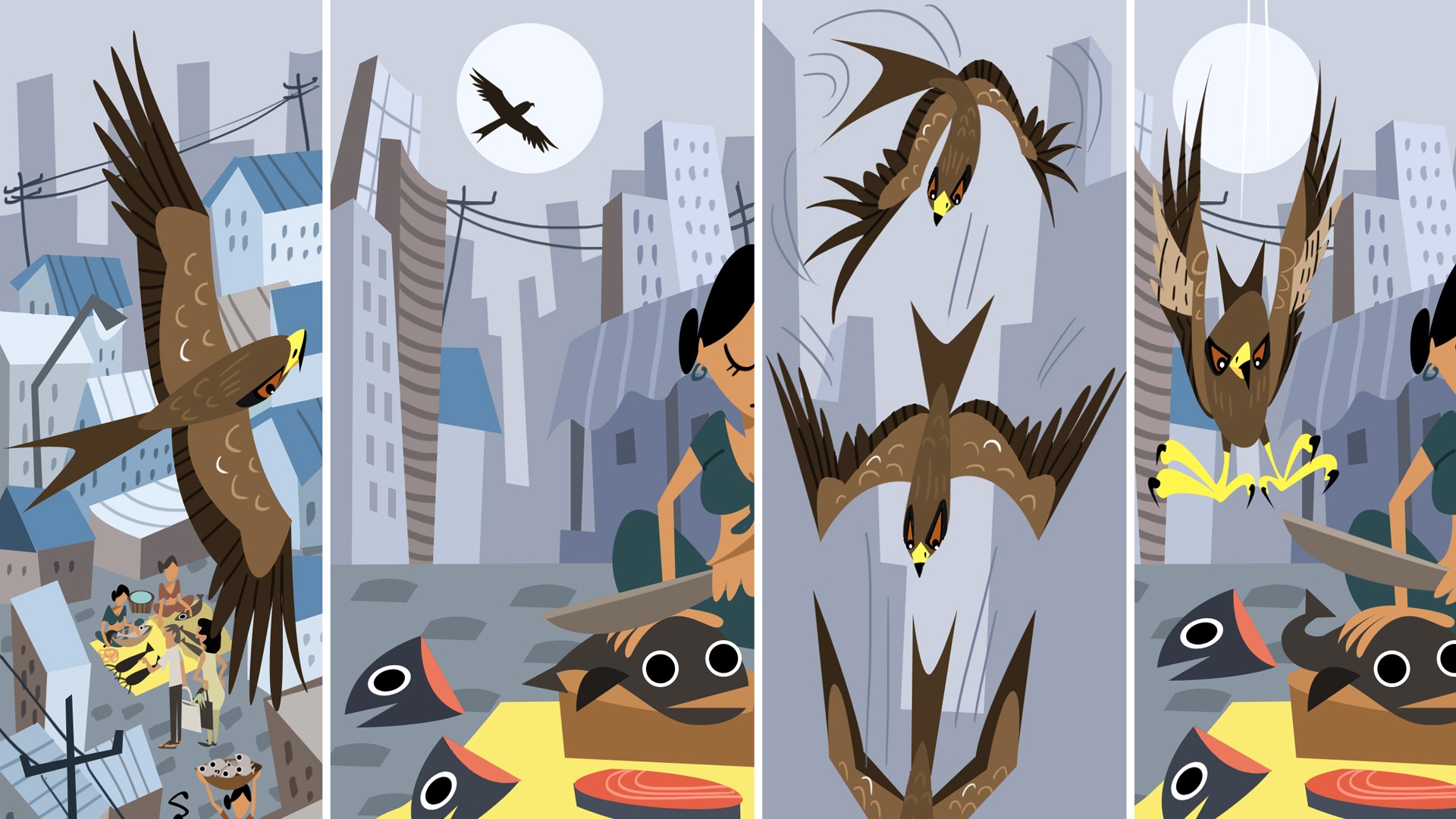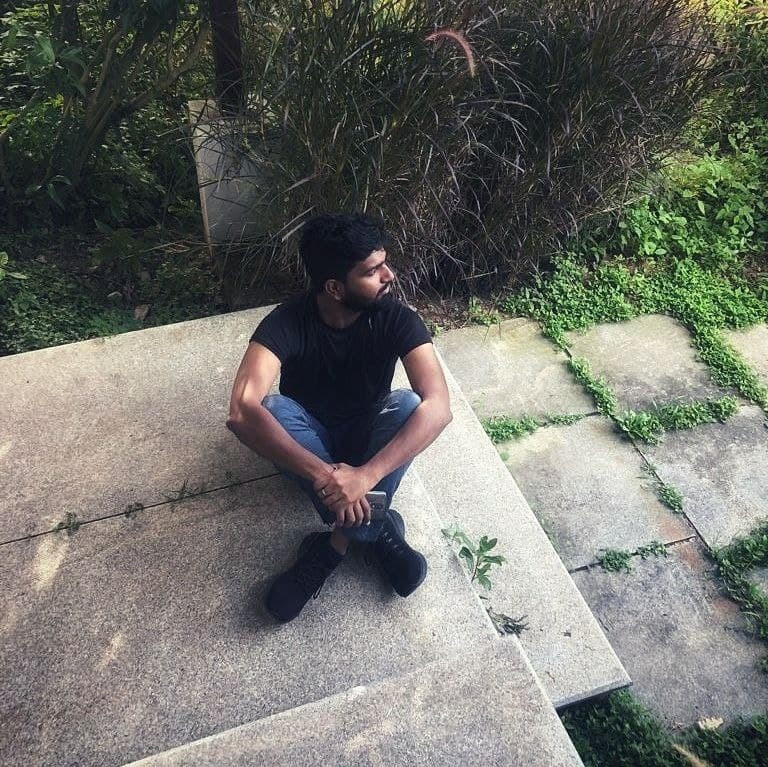In Rohan Chakravarty's Bird Business: Illustrated peeks into the daily lives of Indian birds, science, art and humour all blend together to bring to life the natural history of over a hundred Indian birds – in a never-before-seen format that is both aesthetically pleasing and incredibly illuminating.
Published by the Bombay Natural History Society (BNHS), the book aims to fill a gap in the literature that is available for the layman towards understanding bird behaviour. The book was released by renowned conservationist and Vice-President of BNHS, Bittu Sahgal, at the Hornbill House, Fort, Mumbai on June 7, 2019.
Prior to the release of Bird Business, we sat down with illustrator and author Rohan Chakravarty for a quick chat about his new book, his love for birds and much more.
To ask why is it important for a book like Bird Business to be published is redundant. But tell us why you wanted to realise this specific idea?
The book combines a lot of things that I am really passionate about – bird behaviour, cartoons, the principles of animation and also certain cinematics. I am a big movie buff, and a lot of the action sequences that you see in the book are actually inspired by scenes from Tarantino films and certain animation films. The style of these sequences are inspired by the works of Genndy Tartakovsky (creator of Samurai Jack), and Charley Harper (natural history illustrator).
The other reason was a certain communication gap which I think exists, if you look at most published literature on birds available for the layman, it doesn't go beyond telling you what species is what. When a question about bird behaviour comes to the mind of a layman, there is very little literature available on that. For example, a Hoopoe is a Hoopoe just by looking at it, but what exactly does a Hoopoe do all day, you don't have the answer to that. So, I think something like that, specifically for Indian birds was very necessary and therefore the concept of this book.
What do you hope for the book to accomplish?
I haven't really thought about that, I just want people to love birds more and be more involved with observing birds. I also think I want the way birdwatching is approached in India to change. Because it's more about 'twitching' these days and not about really understanding. People who are into birding only pursue numbers, they go to faraway places like Arunachal Pradesh and Nagaland, use playback and get their species. But if you ask them what exactly the species they just saw specialises in, how exactly does that bird interact with its environment, they won't have an answer. So, I hope that the reader of this book will be more involved in observing a bird, even if it is very easy to see, rather than just pursuing numbers.
How did you put this list together? Were there any species that you had to leave out?
This book isn't really meant to celebrate or focus upon bird diversity in India, it is more a celebration of diversity in bird behaviour. The choices that you see in the book are about how diverse birds are in behaviour rather than in appearances.
For example, you may find species that are very closely related like the Black-shouldered Kite and the Black Kite, but they differ so starkly in their lifestyle that both find a mention in the book. I think the main star of the book is evolution and how evolution with its many tiny tweaks has resulted in so many different lifestyles for the 1300 birds that exist in India.
Are you looking at a sequel? Or maybe a book on mammals or insects?
I really like the format that I have adopted for this book, but I don't think that I understand other creatures as well as I understand birds to do a similar book on any other kind of animal. I also tend to get very bored with repetitive works, so a sequel is very unlikely.
To illustrate the unique characteristics of a hundred birds, you must absolutely love watching and studying them. What gave way for this passion for birds, and what do you find so fascinating about them?
I've always had a very dormant interest in wildlife, but it was only in my adult life that I really picked up, you know an obsession for wildlife, so to speak.
I started watching birds in 2005. So I've been a birdwatcher for over 13 years, and everything I've learned, which is not much actually, has gone into this book. Being an artist, a cartoonist specifically, I find birds most alluring because I feel they exude a certain charm and mischief that I think other animals aren't really capable of.
Also, if you look at my work, you'll find that I am really partial to birds. The reason is that you really don't have to go to a National Park or to a protected area to watch birds. They are everywhere, and they are so easily accessible, which is why I think I know birds much better than I know other animals.
If you could be a bird, what would it be?
A Crested Hawk-Eagle. I would really like to see what the crest looks like on me!
Everyone who follows your work knows and loves your wacky sense of humour. How important a tool is it for a cartoonist, especially for someone who tackles such serious and difficult topics like conservation, climate science etc.?
I believe that cartoonists shouldn't take themselves too seriously. It's the humour and the fun element of the visual you are creating that should drive your process. The focus should be to just go there and have fun, and everything else should be a byproduct.
The human mind is accustomed in a way that if you present information visually, it is able to retain it better. And, if the visual is humour, it not only retains the visual but also responds to it. So, it is about facilitating human interaction with the information that you are presenting, where humour plays a very important role.
A cartoonist who works in the wildlife and conservation space, and makes a living doing so. That should be goals for anyone! The biggest takeaway from your journey thus far?
I don't know, I guess it's important to be crazy in the head, to have the capacity to sit and daydream, and I think everything else just falls in place. And, of course, you have to really enjoy offending people. That's a prerequisite to being a cartoonist: the more offensive your work, the more enjoyable it is.
In my case, I think I just got very lucky. Just because I speak about a subject that is not spoken about much and which deserves to be spoken about more, I think people find it entertaining to engage with my work. Also, I'm sure people in India are quite tired of seeing politicians and actors in cartoons.
Years later, when you look back on your career as a cartoonist, what do you want to have achieved?
What do I want to? I would just like to be able to draw crocodiles right. I really mess them up sometimes.
From a conservation angle; there have been instances when people have written to me that a certain cartoon changed their approach or the way they look at a particular conservation issue, some cartoons have even encouraged people to keep environmental issues in mind when they go out and vote in the elections. It might be too much to ask for, but I would like to have such tangible impacts of my work in the future as well.
Bird Business can be purchased on Amazon.
You can read more of Rohan's work on Nature inFocus here.









